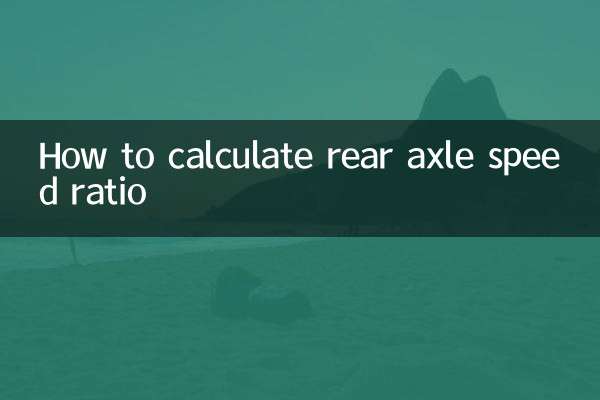How to classify Mercedes-Benz cars
As a world-renowned luxury car brand, Mercedes-Benz has a very clear model classification system, with different levels of models targeting different user needs and market positioning. The following is a comprehensive analysis of the classification system of Mercedes-Benz models and recent hot topics.
1. Mercedes-Benz model classification system

Mercedes-Benz models are usually named with a combination of letters and numbers. The letters represent the model category and the numbers represent the power level (such as displacement or power). The following are the main model classifications of Mercedes-Benz:
| Model level | Representative models | position |
|---|---|---|
| Class A | A180, A200 | Compact sedan/hatchback for younger users |
| Class B | B200 | Compact MPV, focusing on practicality |
| Class C | C200, C300 | Mid-size luxury car, suitable for both business and home use |
| E-Class | E260, E300 | Medium to large luxury sedans with equal emphasis on comfort and technology |
| S class | S450, S500 | Flagship luxury sedan, top configuration and exclusive experience |
| GLA/GLB/GLC/GLE/GLS | GLA200, GLE450 | SUV series, covering compact to full-size SUVs |
| AMG series | C63 AMG, G63 AMG | High-performance models, emphasizing sport and control |
| EQ series | EQC, EQS | Pure electric models represent Mercedes-Benz’s new energy direction |
2. Recent hot topics related to Mercedes-Benz
1.Mercedes-Benz EQ series sales increase: With the rapid development of the global new energy vehicle market, the sales of the Mercedes-Benz EQ series (such as EQC, EQS) have become a hot topic in the past 10 days. Many media pay attention to its performance in the Chinese and European markets.
2.Rumors about the discontinuation of the Mercedes-Benz G-Class off-road vehicle: There is news that Mercedes-Benz may electrify the classic G-class off-road vehicle, triggering discussion among car fans. Mercedes-Benz has not officially confirmed it, but the topic continues to gain popularity.
3.Mercedes-Benz C-Class plug-in hybrid version released: Mercedes-Benz recently launched a new C-class plug-in hybrid model, with cruising range and fuel economy becoming the focus.
3. The core logic of Mercedes-Benz classification
Mercedes-Benz's classification system is not only based on vehicle size, but also takes into account user needs and market positioning:
1.The number represents the power level: Such as C200 and C300, the larger the number, the stronger the power.
2.Letters represent vehicle categories: A/B/C/E/S are sedans, GLA/GLC/GLE, etc. are SUVs, AMG is high performance, and EQ is electric.
3.Special version identification: For example, "L" represents the extended version (such as S450 L), and "4MATIC" represents the four-wheel drive system.
4. How to choose a Mercedes-Benz model that suits you?
1.home user: SUV models such as GLC or GLE are spacious and suitable for family travel.
2.business needs: E-class or S-class sedan, focusing on comfort and luxury.
3.young users: A-grade or CLA-grade, with fashionable design and relatively affordable price.
4.performance enthusiast: AMG series, such as C63 or G63, provide the ultimate driving experience.
5.environmentalist: EQ series, such as EQC or EQS, are purely electric and have zero emissions.
5. Summary
Mercedes-Benz's classification system is clear and comprehensive, covering a full range of models from entry-level to flagship, from fuel to new energy. The recent trends of the Mercedes-Benz EQ series and G-Class off-road vehicles have become hot topics, reflecting the market's high attention to electrification and classic models. When choosing a Mercedes-Benz model, you can find the most suitable model based on your own needs and budget, combined with the grading system.

check the details

check the details